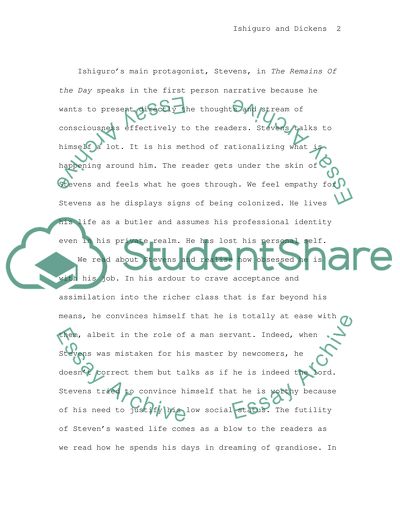Cite this document
(“Kazuo Ishiguro and Charles Dickens Book Report/Review”, n.d.)
Kazuo Ishiguro and Charles Dickens Book Report/Review. Retrieved from https://studentshare.org/literature/1502716-kazuo-ishiguro-and-charles-dickens
Kazuo Ishiguro and Charles Dickens Book Report/Review. Retrieved from https://studentshare.org/literature/1502716-kazuo-ishiguro-and-charles-dickens
(Kazuo Ishiguro and Charles Dickens Book Report/Review)
Kazuo Ishiguro and Charles Dickens Book Report/Review. https://studentshare.org/literature/1502716-kazuo-ishiguro-and-charles-dickens.
Kazuo Ishiguro and Charles Dickens Book Report/Review. https://studentshare.org/literature/1502716-kazuo-ishiguro-and-charles-dickens.
“Kazuo Ishiguro and Charles Dickens Book Report/Review”, n.d. https://studentshare.org/literature/1502716-kazuo-ishiguro-and-charles-dickens.


